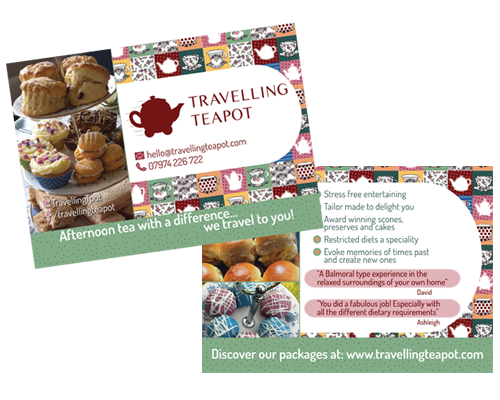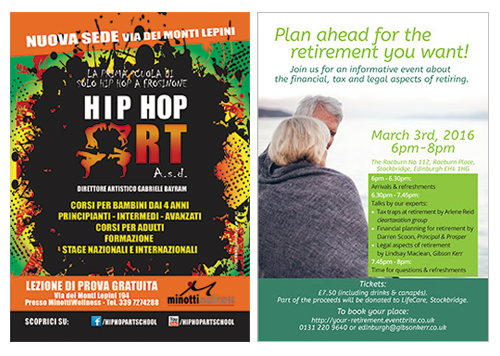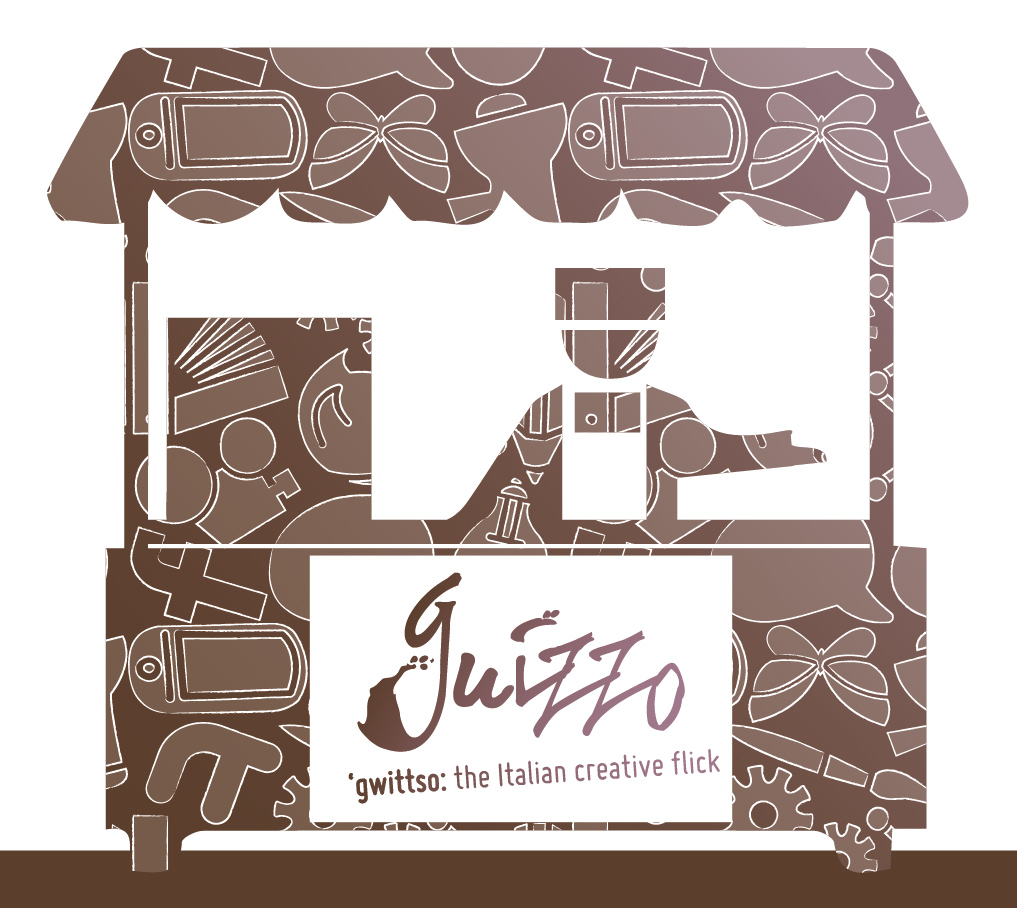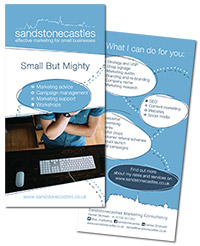“Communication is about what they hear, not what you say.”
That was my teacher’s favourite motto, saying that no matter how hard you try to say something the only point of view that really counts is the recipient’s.
 A marketing campaign, a leaflet, a flyer or a banner, whatever media your small business is using, it’s there to deliver a message to your target audience.
A marketing campaign, a leaflet, a flyer or a banner, whatever media your small business is using, it’s there to deliver a message to your target audience.
Sometimes you want to tell them that you have just opened up or that you have a sales offer on. But most of the time you are simply delivering your company’s message: You are shouting “We are here and we are the best because – INSERT YOUR USP HERE (Find out more about USP – Unique selling point – Here).
At Guizzo, we guide you through a process to collect all the information we need to tailor the perfect message for your marketing communication, not only in terms of design, but also regarding your content and tone of voice.
We never take your content and “just make it pretty”, we make sure it gets your message across as well.
We believe there should be no marketing material without a clear message that is in line with your business and your values.
If you are working with us then you are on the safe side. If not (too bad!) here are a few tips on how to craft your message and brief your designer:
First question to ask yourself is: WHAT DO I WANT TO SAY?
Then: WHO AM I SPEAKING TO? Is the tone I’ve chosen appropriate for them?
Next question to answer is: FURTHER INFORMATION DOES MY TARGET AUDIENCE NEED to follow my call to action?
 Once these questions are answered, you are ready to write your text.
Once these questions are answered, you are ready to write your text.
Measure and tailor the words so they are appropriate for the medium you are using (don’t stuff thousands of words into a flyer; don’t forget contact details on an advertising space; only put a handful of carefully chosen words in an online banner).
And last but not least think of fonts, colours, images and whatever takes your fancy: Your designer will guide you in choosing the right design elements to strengthen your message and attract the right audience.
Finally, when your layout is ready, don’t forget to step back and… be a stranger for a minute!







